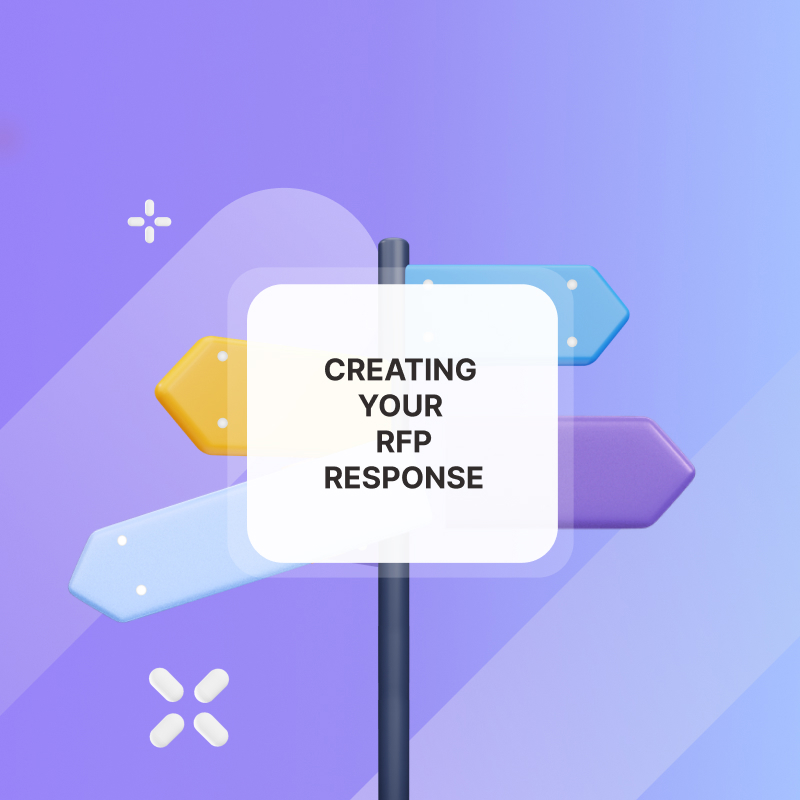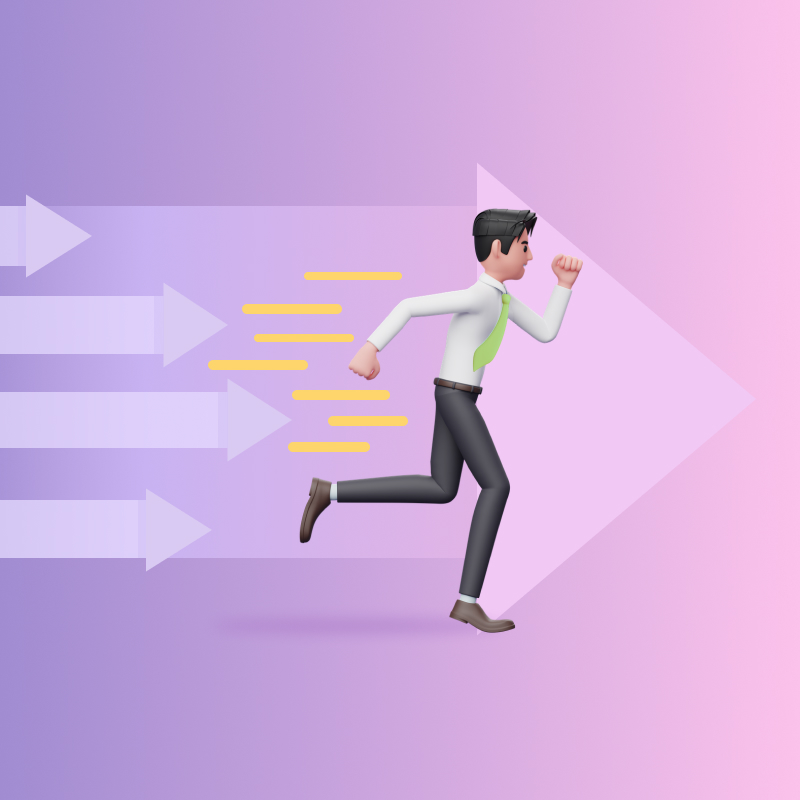
Companies can increase sales by leveraging the efforts and network of channel partners
Effective channel enablement empowers channel partners by providing them with the necessary tools, resources, and knowledge to successfully market and sell or resell your products or services.
This post will discuss strategies for implementing an effective channel enablement strategy that aligns with business goals and drives mutual growth.
What is Channel Enablement?
This is the process of providing the right content, tools and information to channel partners or sales teams to train them on selling or reselling your product or services.
Channel enablement can also be referred to as channel partner enablement or channel sales enablement.
Core Principles of Channel Enablement
- Education and Training: Provide comprehensive and accessible training to channel partners and sales teams to ensure they understand the product, market, and sales techniques
- Content and Collateral: Provide enablement content that aligns with the priorities of each channel partner.
- Technology Enablement: Use technology to automate training and centralise all sales enablement content.
- Performance management: Track partner performance and identify areas for improvement
- Support and communication: Establish communication and support channels to enable partners to effectively handle challenges and close deals
Benefits of Effective Channel Enablement for B2B Sales Teams
- Better Win Rates and Increased Revenue: When channel partners and sales teams are well-prepared, they can close deals more effectively leading to higher conversion rates
- Strong Brand Identity: When channel partners and sales teams have access to the right information, their message remains consistent. This means that your sales team and all channel partners can communicate the same value proposition. This helps you to maintain a strong brand identity.
- Efficient Sales Processes: Coordinated content and materials remove confusion and ensure that everyone is up-to-date. They also reduce administrative costs so that sales teams can focus on closing more deals.
- Maximised Reach: When sales teams or channel partners have access to the right information, they can understand the product deeply and develop fresh strategies to reach a wider audience.
- Stronger Customer Relationships and Advocacy: Channel enablements help channel partners to build trust with customers. Satisfied clients become advocates, leading to repeat business and referrals.
- Partner loyalty: Partners who feel supported are more likely to remain loyal and invested in the company’s success
How to Build an Effective Channel Enablement Strategy
1. Map Out Key Channels for Your B2B Sales Process
This can include;
- Direct Sales: This is done through your in-house sales team. They usually have a deeper product knowledge than other sales channels.
- Channel Partners: Channel partners include resellers, distributors, and other third-party entities. They help to expand your reach by leveraging their own customer base and networks.
- Online Sales Channels: It includes digital platforms where customers can explore on their own, learn more about your product and make a purchase. An example is a digital sales room.
According to Gartner, buyers are 147% more likely to buy when provided with a self-reflective learning path. Digital sales rooms provide a self-reflective learning path for prospects reducing contact with sales reps.
2. Develop Content and Resources Tailored to Each Channel
- Centralise all training content: Training content should be centralised, and easily accessible. It is also important to structure these contents logically so that channel partners can consume the right information at the right time and avoid being overwhelmed with information. These contents include but are not limited to video lessons, market trends, negotiation strategies and every other important sales material.
- Tailor sales materials for each channel: Create personalised workspaces and provide channel sellers with collateral that aligns with their brand and resonates with their audience. Understand the strengths and limitations of each channel partner. When developing content for channel partners, consider factors like reach, and customer preferences. Involve your partners in strategy discussions and leverage their contributions for tailoring enablement resources.
- Sales Tools and Technology Integration: Introduce partners or provide them with technologies that can be used to track buyers' behaviours in real time. For example, Hubforce allows channel partners and sales teams to see which content buyers engage with, time spent on that content, or who they share it with. Tools like this also help companies to track partner engagement with training materials and identify areas for improvement.
- Measure and Iterate: Regularly evaluate the effectiveness of your channel enablement efforts. Adjust content, training, and tools based on feedback and performance metrics
3. Onboarding and Training
Develop action plans to ensure channel partners progress smoothly through their onboarding processes. Tailor onboarding according to the needs and priorities of your channel partners to increase their chances of success.
Ensure that onboarding processes are personalised and scalable to reduce onboarding costs. You can achieve this easily by using onboarding templates with clear action plans.
Simulating real-world scenarios can also help to boost a partner's confidence in handling interactions.
A good digital onboarding technology will also allow you to track channel partners' progress with learning materials.
4. Incentives and Recognition
Implement a reward system for successful partnerships.
Measuring and Optimising Your Channel Enablement Efforts
Effective channel enablement also involves the following:
- Measuring channel enablement efforts
- Optimising channel enablement efforts
- Keeping up with trends
How to Measure Channel Enablement Efforts
Key performance indicators (KPIs) to measure your channel enablement strategy are here.
- Win Rates: Measure the percentage of deals your channel partners win. High win rates indicate effective channel enablement.
- Channel Revenue: Track the revenue from different channels. This helps you to assess the impact of your channel enablement efforts on sales.
- Partner Engagement: Monitor how partners engage with channel enablement materials. Engaged partners are more likely to drive results.
- Lead Generation: Evaluate the quantity and quality of leads generated by partners. Effective channel enablement should lead to a steady flow of qualified leads.
How to Optimise Channel Enablement Efforts
Use the data gathered from measuring your channel enablement effort to identify bottlenecks, gaps, or areas where partners need additional support.
Refine your enablement programs and resources accordingly.
Keep up with Evolving B2B Sales Trends
Stay informed about industry trends, buyer behaviours, and technological advancements. Adapt your channel enablement strategy to align with trends.
Optimising Channel Enablement with Hubforce
Hubforce allows you to create personalised digital sales enablement rooms (hubs) for each channel partner or sales team with artificial intelligence.
It takes only 30 seconds to centralise and structure training materials according to the needs of each channel partner. It also ensures unified messaging to help you maintain a strong brand identity.
Hubforce AI also provides real-time analytics of engagement with enablement materials.
- You can see what content they are looking at
- How long they are spending on each piece of content
- Who they are sharing the content with
- What content has the most or least engagement
- Which member of the partner team has the most or least engagement?
Benefits of Hubforce for your sales team and channel partners
- They can centralise all buyer enablement content logically to ensure that decision-makers look at the right content at the right time
- It enables them to see if their proposals have been viewed and who is viewing it
- They can see how long each person spends on any content
- They can see which stakeholders have the highest or least engagement
- They can also see which content has the highest or least engagement
- Hubforce AI also provides follow-up suggestions and action triggers based on real-time prospect engagement
















